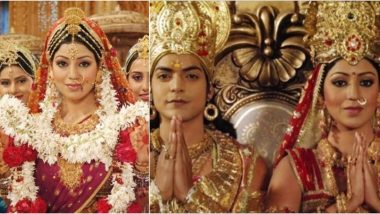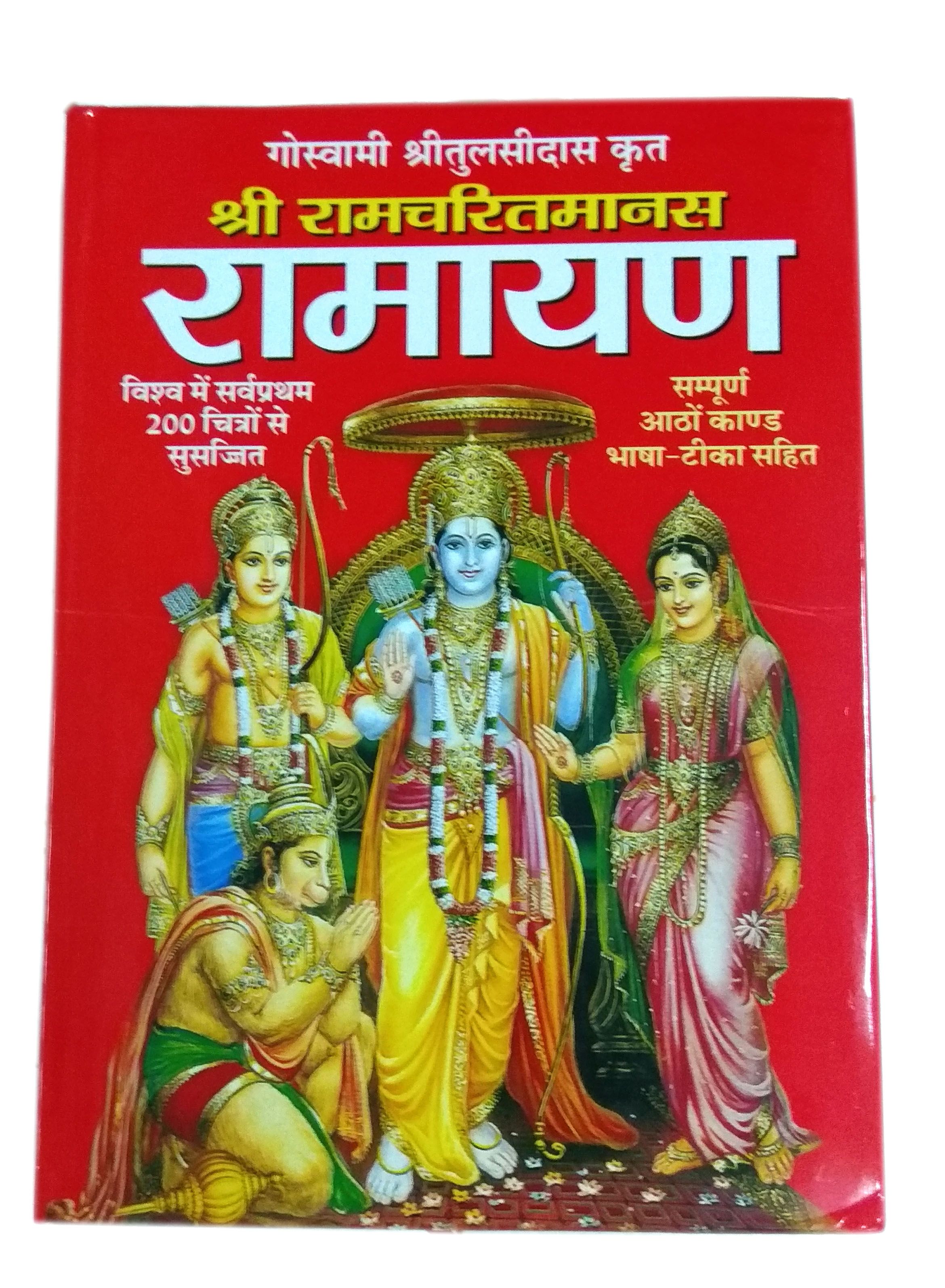
This book details the birth of Rama and his brothers to the great King Dasharatha and his three queens, Kaushalya, Sumitra and Kaikeyi, of Kosala Kingdom (with the headquarters at present-day Ayodhya in Uttar Pradesh, India), their education, the journey of Rama and his younger brother, Lakshmana with Sage Vishwamitra through the forests to safeguard the yagnas (fire sacrifices) of sages. It begins with the conversation between Sage Narada and Sage Valmiki, where Valmiki gets divine guidance to compose the epic. The first book is the Bala Kanda (the Book of Boyhood). who is interested in the welfare of all beings. The ascetic Valmiki had asked Narada, “Who really is that person in this present world, who is virtuous and vigorous, a conscientious one, one who is mindful of good deeds done to him, and also a speaker of truth and who is determined in his deed. Sage Narada is considered the initiator of Ramayana. The original Ramayana is said to have 6 Kandas (books) narrating the various stages of Rama’s life, with the 7th Kanda popularly considered as a later addition by researchers. The valiant sees the courage, the feminist draws lessons of equality, and the religious person finds solace in the God-like personas of Rama-Sita. There are innumerable perspectives of viewing the Ramayana. Through the various life events revolving around Rama, lessons on morality, ethics, politics, and philosophy emerge. In 24,000 Sanskrit verses, the epic chronicles the legendary life of Prince Rama, who is celebrated as the 7th incarnation of Lord Vishnu. TheRamayana™ is founded by an IIT-D alumnus, Bhuwan Arora who has created a deep learning model that understands Indian values based on Indian stories.Īn artist's impression of Sage Valmiki composing the Ramayana. TheRamayana™ is the labor of love of a team of 25 scholars who are mythology and culture enthusiasts, where I lead the content and research. It is the one epic that binds millions of people together and there is an urgent need to create products that preserve and propagate the knowledge and wisdom preserved in our precious, surviving ancient scriptures. Ramayana is the tale of mystics and ancient traditions, great battles with fantastical feats, mythical creatures and vivid landscapes, golden lessons about morals, ethics, and the beacon to an ideal way of life. Valmiki had witnessed parts of the events of Ramayana unfolding during his lifetime.

Two distinct features of the Itihasa genre are: one, that the author should have witnessed the events first hand and, two, the teachings are woven into the stories so that they remain relevant to all generations and eras. Ramayana, along with Mahabharata, is considered to form the Hindu Itihasa, i.e. Attributed to Sage Valmiki, this epic is also revered as the Adikavya (meaning the first poem Aadi=first, Kavya = poem). It is one of the two most popular epics written in Sanskrit from ancient India, the other one being Mahabharata. It covers a distance of more than 7,500km and takes pilgrims to Ayodhya, Prayag, Nandigram, Janakpur, Chitrakoot, Sitamarhi, Nasik, Hampi and Rameshwaram.Ramayana is an integral part of life for millions of Hindus across the globe. The Ramayan Express, which kicked off its first trip earlier this month, takes people to 15 places associated with the life of Lord Ram. This is necessary for protecting the Hindu religion,” Avdeshpuri said. He said that the demand for the change in attire was necessary for protecting the Hindu religion. Donning a saffron attire with a sadhu-like headgear and wearing malas (necklaces) of rudraksha is an insult to the Hindu religion and its seers,” Avdeshpuri was quoted as saying by the news agency. “We wrote a letter to the railway minister two days ago, lodging our protest against waiters serving refreshments and food in the Ramayan Express in saffron.

Ujjain Akhada Parishad's former general secretary Avdeshpuri told PTI that the seers wrote to the railway minister earlier this week expressing their disapproval over the staff’s uniform. The staff on board the Ramayan Express used to wear saffron unfirm with rudraksha beads and traditional headgear to which the seers of Ujjain objected.

They will, however, continue, to wear saffron masks and gloves. The Indian Railways said that the staff will now wear normal shirts and trousers and traditional headgear. Inconvenience caused is regretted,” the Indian Railways said in a statement, according to PTI.
#New ramayan professional#
“It is to inform that the dress of service staff is completely changed in the look of professional attire of service staff. They threatened to stop the Ramayan Express at Delhi’s Safdarjung railway station if the staff continued to wear their saffron uniform while serving on the train, saying that it was an insult to the Hindu religion.


 0 kommentar(er)
0 kommentar(er)
